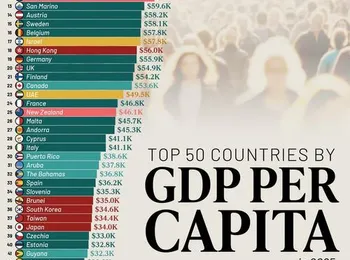Owning a home is often considered a cornerstone of the American dream, representing financial stability and long-term wealth-building potential. However, a significant number of prospective homeowners underestimate the total cost of homeownership, frequently focusing solely on the initial down payment and monthly mortgage payments. This oversight can lead to a substantial financial shock as numerous hidden expenses accumulate, dramatically altering their budgets and potentially jeopardizing their financial plans. The reality is that the ongoing costs associated with homeownership far exceed the initial investment, transforming what appears to be a sound financial goal into a considerable ongoing commitment. Recent data from a comprehensive Bankrate Hidden Costs of Homeownership Study underscores the importance of considering these often-overlooked expenses. Beyond the mortgage payments, which represent a primary cost, homeowners face a diverse range of expenditures that contribute significantly to their overall financial burden. These include essential maintenance costs, property taxes, Homeowners Association (HOA) fees, utility bills, and insurance premiums – all of which collectively demand careful budgeting and planning. The study revealed a startling statistic: maintenance alone can account for approximately 1% of a home's value annually.
For instance, a median-priced home of $300,000 would necessitate an annual expenditure of roughly $3,000 solely for upkeep, encompassing repairs, routine servicing, and necessary improvements. Property taxes, frequently subject to adjustments based on assessed value and local regulations, represent another substantial ongoing expense. Furthermore, HOA fees, often associated with planned communities or condominiums, can fluctuate over time, adding to the financial commitment. Unexpected repairs, such as HVAC system malfunctions, roof damage, or plumbing issues, are unfortunately common occurrences that can significantly strain a homeowner's finances, particularly for those lacking a dedicated emergency fund. Utility costs, including electricity, gas, water, and sewer, can also surprise new homeowners, particularly if they are not adequately prepared for seasonal fluctuations in usage. For example, heating and cooling costs can dramatically increase during peak seasons, requiring homeowners to adjust their budgets accordingly. Homeowners' insurance, which protects against damage and liability, is a mandatory expense, and in some regions, flood insurance is also required. These insurance premiums can vary depending on location, property characteristics, and coverage levels.
The Bankrate study powerfully illustrates how these cumulative hidden costs compound over time, especially as homes age and property values rise, leading to increased property tax assessments. Moreover, routine expenses like water and electricity, which may seem insignificant at first glance, can escalate considerably over the years due to increased usage or rising rates. As homes age, they inevitably require more frequent maintenance, renovations, and upgrades to maintain their condition and value, further driving up expenses. Preparing for these long-term costs is crucial for any prospective homeowner. Read Next: The $120 Oil Shock Just Became A Real Risk: Are We Back In 2022? Photo: bilanol/shutterstock © 2025 Benzinga.com. Benzinga does not provide investment advice. All rights reserved.
























